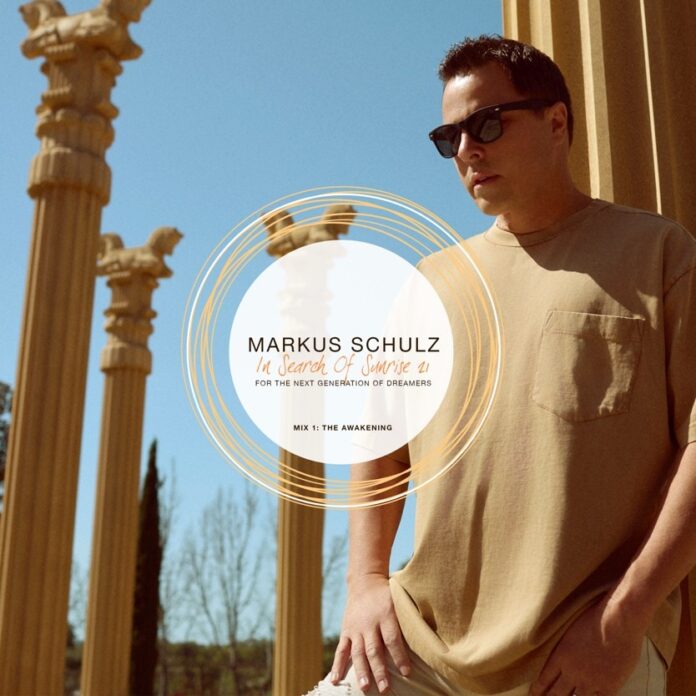As well as being a famous anime and manga, Revolutionary Girl Utena has found great success on the stage. While it isn't unusual for famous franchises to get stage adaptations, few have had as many adaptations as Utena. A big reason for this is that Utena is heavily influenced by traditional theatre and uses many of its tropes. Its surreal setting and one-on-one duels are easy to adapt to a theatre environment, allowing many different theatre companies to put their own spin on the concept. Here is every time Utena has graced the stage.
Comedie Musicale Utena la fillette révolutionnaire
Comedie Musicale Utena la fillette révolutionnaire was performed in 1997 by an all-female, Takarazuka revue-inspired cast. This stylistic choice is very fitting as Utena is heavily influenced by the Takarazuka revue and their sumptuous staging of the manga, Rose Of Versailles. This show focuses on telling a slightly abridged version of the anime's Student Council saga, focusing on Utena arriving at Ohtori Academy, meeting Anthy and having her first duels.
As the title suggests, this musical was slightly more comedic than the source material, dropping a lot of the heavy symbolism and focusing more on the love story elements. The score has more in common with traditional stage musical songs than it does the experimental soundscapes of the anime. However, it does retain J. A. Seazer's iconic dueling theme, "Zettai Unmei Mokushiroku."
Revolutionary Girl Utena: Bud of the White Rose/Revolutionary Girl Utena: Blooming Rose of Deepest Black
Released in 2018 and 2019, respectively. Bud of the White Rose and Blooming Rose of the Deepest Black are adaptations of the first two arcs of the Utena story. These musicals were written by Kotaro Yoshitani, the man who was responsible for bringing Hetalia and Oushitsu Kyoushi Heine to the stage, and overseen by the anime's creator Kunihiko Ikuhara. These musicals feature an all-star cast, including Ami Nojo from idol band Nogizaka46 as Utena.
Each musical covers one arc, with Bud Of The White Rose focusing on the Student Council saga and Blooming Rose of Deepest Black adapting the Black Rose arc. This single-arc format gives the writing time to shine and means that basically every moment of Utena is faithfully recreated. However, the highlight of these musicals has to be the staging. The clever use of props helps capture the feeling of the strange environments that make up the bulk of the anime's setting. The fights are also excellent. They feature gorgeous choreography that captures all of the intensity, drama and characterization of the anime's duels.
Revolutionary Girl Utena: Choros Imaginary Living Body
Revolutionary Girl Utena: Choros Imaginary Living Body is a very mysterious show. This is due to the fact it was only performed twice, once on September 3o and once on October 1, 2000. It was produced by the Fantasy Adventure production company and featured AKB48 member Mayu Watari in the lead role. Very little is known about the story, but due to the characters depicted in the company's rehearsal and performance photographs, it is presumed that the play was an adaption of the Student Council saga. However, no footage exists of the show, and many within the fandom consider the production to be lost media.
Revolutionary Girl Utena Hell Rebirth Apocalypse: Advent of the Nirvanic Beauty
Revolutionary Girl Utena Hell Rebirth Apocalypse: Advent of the Nirvanic Beauty was performed by the Gesshoku-Kagekidan theatre company in 1999. Gesshoku-Kagekidan was set up by Ei Takatori, the partner of the Japanese playwright Shuji Terayama. The company was focused on creating experimental theatre. Kunihiko Ikuhara was a big fan of Shuji Terayama's work and teamed up with the Gesshoku-Kageki-Dan company to produce this play.
The play starts by retelling the plot of the anime, showing Utena meeting her prince, and going to Ohtori Academy before dueling Saionji. However, after this duel, there is a massive time skip to Utena's duel with Touga. At this point, the new story starts. A dark force that resembles Osiris, the Egyptian god of the underworld, resurrects the boys who were buried alive during the Nemuro Memorial Hall fire. The force commands these undead boys to kill the Rose Bride, branding her as a witch.
The dark force captures Touga and gives him the powers of Osiris, which are said to be stronger than the power of Dios. The undead army kidnaps Anthy and Touga challenges Utena again. This time, Touga is able to win as Utena refuses to use the sword of Dios. Due to the loss, Anthy aligns herself with Touga and Utena becomes despondent. Akio appears before Utena and gives her a motivating speech, convincing her that she is the prince who can save Anthy. Touga offers Anthy to the dark force. However, before anything can happen, Utena challenges Touga to a rematch and defeats him.
The undead turns on Touga and kills him. The rest of the student council arrive, but they quickly get overwhelmed by the undead. Utena does her best to fight but is unable to defeat the undead army. Suddenly, Anthy produces a machine gun and starts to mow down the undead, covering the audience in blood as she and Utena escape. It is revealed that Akio orchestrated this plan to restore the power of Dios and that Anthy knew about it all along. From there, the story returns to the one from the anime. Utena faces Akio only to get betrayed by Anthy.
However, when Akio opens the Rose Gate, zombies swarm out and kill him. Utena makes her way through the gate only to find Anthy in her coffin. However, as they go to touch each other, a group of zombies kills them both. The final scene is like the one from the anime and manga, with Anthy setting out to find Utena, saying that she is still alive. This show presents a uniquely gory take on the story. Unfortunately, it has never received an official release on home media, making it hard to find footage of.
About The Author

